Proterra unveils ZX5 next-generation battery-electric transit bus
Green Car Congress
SEPTEMBER 16, 2020
The ZX5 bus, Proterra’s fifth-generation battery-electric transit vehicle, features a new streamlined vehicle design and maximizes the amount of energy that can be stored on board the vehicle to increase power and range.

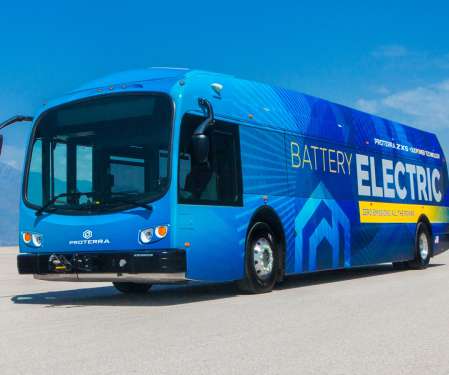



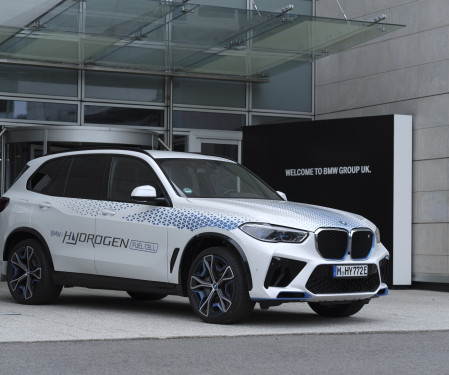








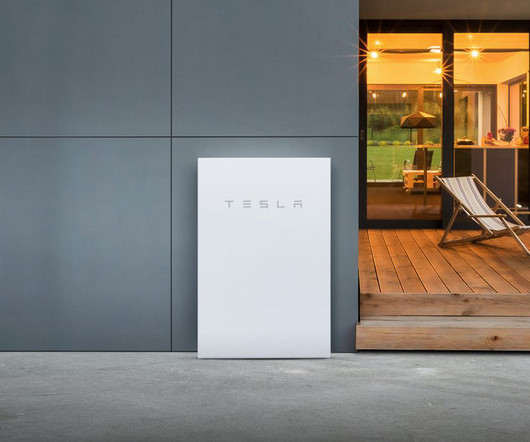







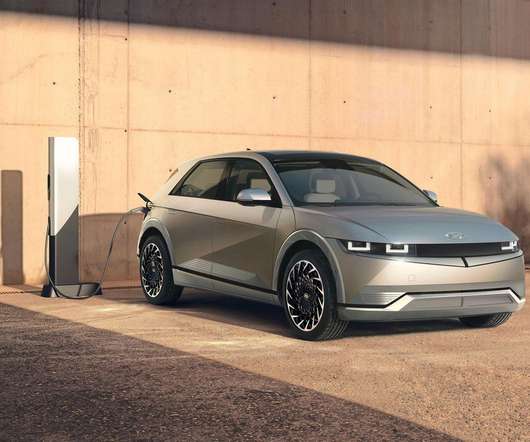
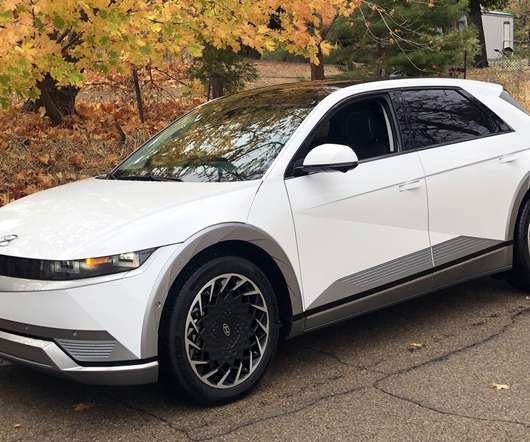
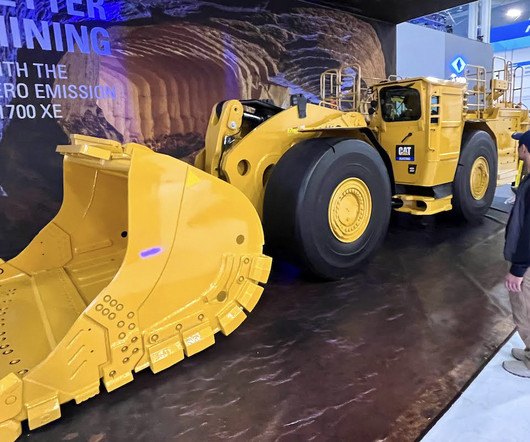
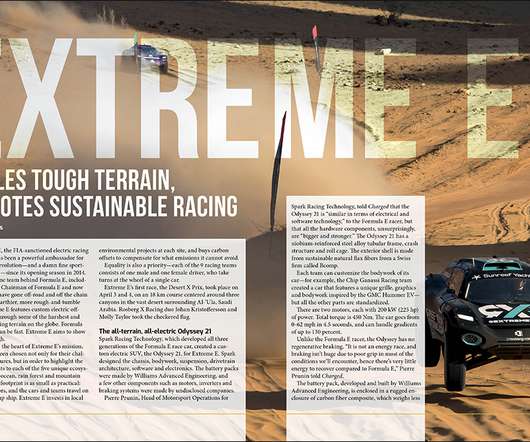









Let's personalize your content